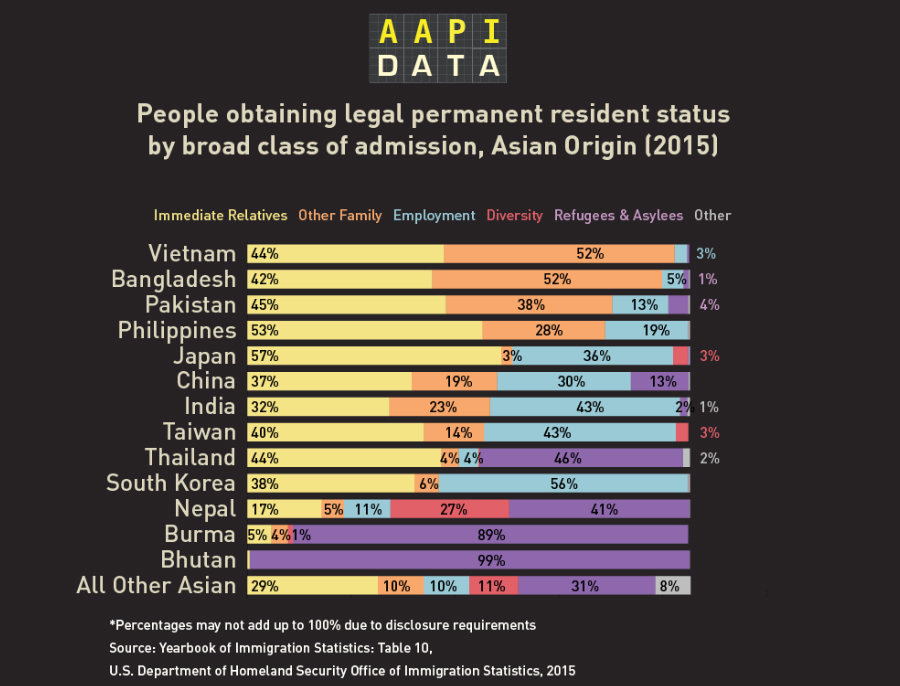By: Alton Wang (@altonwang)
 We often talk about the course of history as if it is distantly in our past. This might lead us to overlook the direct implications that historic decisions and events have had on our present. I think of this not only in the greater sense of global geopolitics or major social movements, but at the level of the individual.
We often talk about the course of history as if it is distantly in our past. This might lead us to overlook the direct implications that historic decisions and events have had on our present. I think of this not only in the greater sense of global geopolitics or major social movements, but at the level of the individual.
I recently uncovered a letter that my dad had filed away. It was addressed to my grandfather from the Commander of United States Army Communications Command in Taiwan, and it was written shortly after the termination of the Sino-American Mutual Defense Treaty, which had ensured American defense of Taiwan in case of invasion. My grandfather had worked for the U.S. Army as an electronic technician until U.S. forces began to pull away from the Taiwan Strait in 1979.
I’d long known that my grandfather had worked for the U.S. Army in some way, and that it was through this work that he was able to come to the United States; but holding this small slice of history in my hands, dated April 11, 1979, put it all in perspective. The yellowing paper—marked with the slashes of my own father’s handwriting—was an artifact from my family’s immigration story: In 1981, my father and grandparents immigrated to America.
They first landed in Los Angeles before moving multiple times across the country—first New Mexico, then Pennsylvania—working in the restaurant business. Opening Chinese restaurants in predominantly white communities like the suburbs of Pittsburgh was, undoubtedly, a stark contrast to their former lives in Taiwan.
They arrived well after the passage of the Immigration and Nationality Act (INA) of 1965. The INA (otherwise known as the Hart-Celler Act) had fundamentally altered the course of American immigration policy. Hart-Celler was, on its face, a landmark piece of civil rights legislation. It sought to right racist wrongs in the history of American immigration policy, from the xenophobic and sexist Page Act, which restricted immigration of “undesirable” immigrants, particularly Chinese women, to the more well known Chinese Exclusion Act of 1882 or Immigration Act of 1924 (which enshrined a system of quotas in our immigration system).
The INA abolished that existing system of national origins quotas, which set an annual limit on the number of immigrants allowed to migrate from any country to between 2 – 3% of the country’s residents already living in the United States. However, the INA was not meant to dramatically alter the face of American immigration—yet, it ultimately did.
At the time of its passage, political leaders—including President Lyndon B. Johnson, who signed the bill into law—made a point to remark how little they expected the law to alter the demographics of American society. Democratic Senator Ted Kennedy, who was instrumental to the passage of the Hart-Celler Act, explicitly said that this bill would “not upset the ethnic mix of our society.”
After decades of preferring European immigration—and explicitly excluding immigration from parts of the Asia-Pacific region—lawmakers expected that the preference for close family members would maintain similar immigration patterns as decades prior. It was popularly accepted that the way to “preserve” American society was to keep America as it was: namely, to keep it white. (Of course, that was in and of itself a fallacy: the Americas were originally a mosaic of Native nations before that Native land was stolen and the United States founded upon it. The desire to preserve whiteness in American society is itself rooted in the destruction of Native communities.)
Despite America’s’ failure of imagination with regard to immigrant diversity, families like mine slowly began to shift the composition of American society. My grandparents and father entered the United States in 1981, when my dad was still considered a “minor” for immigration purposes; but they had to sponsor my father’s older sister. In a microcosmic version of US family-reunification immigration policy, my aunt was able to come to the U.S. only after my grandparents were here. This “chain” of sorts allowed them to reunify and be a family again; and this is the family that made me who I am today.
In today’s xenophobic political climate, America’s family-based, legal immigration system is under attack. In the background of the debate surrounding undocumented immigration into the U.S. is a re-ignited attack on this system of family-based migration.
The Trump Administration has demanded we slash family-based immigration to prevent an immigration story like my family’s. He would limit family-based immigration only to spouses and “minor” children, which means my aunt would not have been able to rejoin her family here in the U.S. But on a larger scale, there are crucial implications on immigrant communities across the nation, and far beyond my own personal experiences.
Instead of family-based immigration, President Trump has urged moving to a merit-based immigration system—one that has profound consequences for the AAPI community. Currently, more immigrants from Asia come to the United States through family-based visas (239,000 in 2015) than employment-based visas (90,000 in 2015). In 2015, family visas accounted for the overwhelming majority of people obtaining legal permanent resident status for immigrants from Vietnam (96%), Bangladesh (94%), Pakistan (83%) and the Philippines (81%). Moreover, a clear majority of immigrants from other Asian countries — including China and India — come to the U.S. on family visas.

Lawmakers from both parties that pushed the original passage of the INA in 1965 could not have predicted the sweeping changes that this law would bring about on the American immigrant population over subsequent decades. In 1965, immigrants comprised approximately 5 percent of the U.S. population; today, roughly 14 percent of America is made up of immigrants. Since 1965, the foreign-born population has grown more than four times to 44 million in 2016. Today, more immigrants are coming from the Asia-Pacific region than anywhere else in the world. America is well on its way to becoming a majority-minority nation by the year 2050.
The unintended diversification of the United States by the Immigration and Nationality Act of 1965 has a direct link to today’s xenophobic political climate. Anti-immigrant sentiment powered much of the Trump campaign and the election that determined his presidency. His desire to slash legal immigration and to support the RAISE Act (which would replace existing immigration policy with a merit-based system), can be seen as a backlash against the landmark Immigration & Naturalization Act of 1965 that fundamentally changed the racial makeup of America.
Hart-Celler was meant to uphold white supremacy in the United States; yet, in the decades since its passage, the Hart-Cellar Act has failed spectacularly in that goal. Perhaps the Act could never have achieved the (implicitly and explicitly) white supremacist goals its original framers had in mind, but one thing is certain: the history of the Immigration and Naturalization Act of 1965 had a direct impact on my own family’s history, as well as the history of countless other immigrant families across the nation.
Slashing legal immigration and ending our family reunification model of immigration will not stop America from becoming majority-minority, but it does threaten to tear families apart and damage communities across the nation. The Trump administration’s agenda to stop family reunification will prevent families that have been waiting decades in our extensive visa backlog from reuniting. Instead, families will continue to be forced apart, and might have to wait decades or longer before they can be reunited. America’s rising nativism, which seeks to protect a white majority in the U.S., isn’t new—it is also fundamentally etched into the bedrock of our current immigration system.
Immigrants that have been able to come to this country because of family reunification, like my aunt or others in my family, have made significant contributions to the fabric of this nation. They proved themselves no less valuable than someone native-born, or in comparison to any other “high-skilled” immigrant, all of whom contribute significantly to American society. Immigrant families—”high-skilled” or not—power American communities, and are indispensable to our success. By repositioning American immigration to consider only merit-based criteria, we are only limiting the opportunities for our this success.
I’m the child of immigrants, and I have had the privilege of having seen large segments of my family made whole again in the United States. I was lucky to grow up in a community of support that, I believe, lent itself directly to my own success today.
Like my grandfather’s letter—written in the context of geopolitical forces between global superpowers—my own connection to immigration history here in the United States brings the Immigration and Nationality Act of 1965 far closer to my own life than I could’ve imagined. And it’s why I believe we must continue to fight for family reunification policies—not family separation.

Alton Wang currently serves as the Assistant Director for AAPI Data and the Center for Social Innovation at the University of California, Riverside. He formerly served as a Policy Advisor for the Congressional Asian Pacific American Caucus (CAPAC), where he worked to ensure that issues facing Asian Americans and Pacific Islanders (AAPIs) were addressed on Capitol Hill. Prior to CAPAC, Alton managed communications and development for Asian and Pacific Islander American Vote (APIAVote), focusing on engaging and mobilizing AAPIs in electoral and civic participation. Currently based in the San Gabriel Valley and Greater Los Angeles area, Alton studied sociology and government at Wesleyan University, where he taught a for-credit course on Asian American history.
Write Back, Fight Back(#WriteBackFightBack) is a weekly essay series sponsored by 18MillionRising, Asian Americans Advancing Justice, and Reappropriate. It features emerging Asian American writers on topics of racial and social justice. New essays will appear every Thursday.

